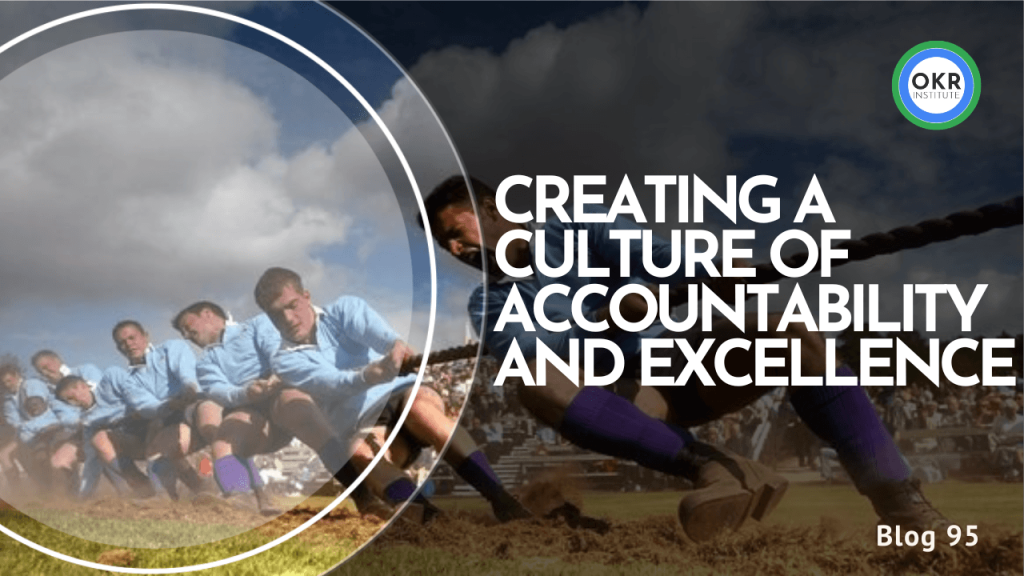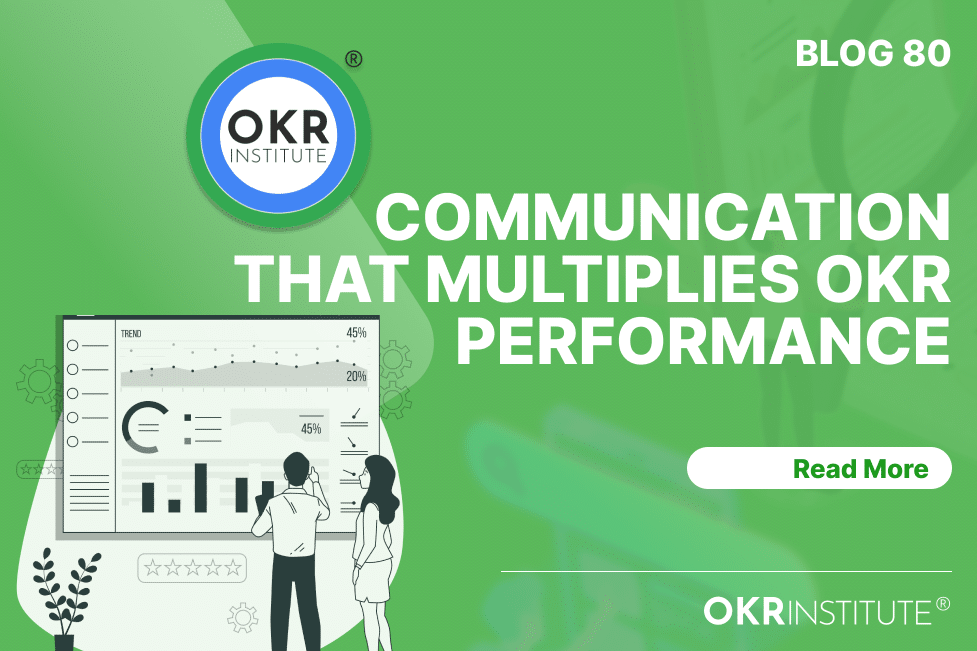How to apply Leading and lagging indicators in three simple steps

How to apply Leading and Lagging indicators in three simple steps
Think of a company as a car. Whatever you see in the rear-view mirror are lagging indicators. What is on the road ahead are leading indicators.
Bernard Marr
1. We can only apply what we understand –
Understanding the difference between Leading and Lagging indicators.
A key part of performance management is to measure the actions of team members using leading and lagging indicators. First, successful performance is mainly about strategy execution. The focus of OKR frameworks is leading indicators and in the case of KPIs it is mainly lagging indicators.
Focussed Action prioritized according to its impact in relation to the Company’s Vision, Objectives, and other goals tends to result in consistent performance. Measuring prioritized action should be a focus where performance management is concerned.
Generally speaking, Performance measuring is firstly about setting the right Objectives and indicators in place.
Leading indicators are aspirational and future directed. Lagging indicators observe past performance. Seeking to achieve any future objective we need to formulate leading indicators in support thereof and track progress toward the same objective.
A – An example of a Lagging indicator
Assessing a team member’s sales average (closed deals as a percentage of consultations) is a lagging indicator as it measures past performance.
B – An example of a leading indicator
Increased or improved user/customer satisfaction as measured by a survey and other results such as for example simplifying the checkout steps for online purchases are future improvement-directed indicators.
From the above, it should become clear that leading indicators are more proactive, future-orientated, inspirational, and strategic.
2. Applying Both OKR Frameworks and KPIs
It is good to measure historical performances such as sales; simultaneously, it is good to keep track of future-directed progress and improvements that would lead to improved sales figures as well.
An OKR framework can be used to ‘heal’ an unhealthy KPI (lagging indicator), proving that the interaction and integration of an OKR framework and KPIs can be a fruitful exercise.
Have a look at a performance management tool such as FlowyTeam that deploys both OKR frameworks and KPIs :
‘Change with bullets, not with bombs’ – Too much information and attempting to keep track of too many indicators can be overwhelming. Carefully plan the indicators to be used (according to their impact) and limit them.
If you, for example, have decided on an objective yet complicate matters by assigning eight key results to the one objective, it might very well lead to ‘analysis paralysis. Thereby defeating the object of even having a performance framework in place.
The more objectives, key results, and KPIs you have combined with task lists, the lesser the chance of execution. When it comes to performance frameworks, it is best to focus on fewer yet highly impactful metrics that lead you closer to attaining your ultimate business vision.
3. Ensure strategy execution
Prioritize tasks and actions that have the most yield when it comes to results. Inspirational communication, regular check-ins, and support can go a long way in ensuring execution. This way, not only execution is ensured but the quality thereof as well.
Priorities, alignment, and simplicity are critical elements of execution to be considered when creating an action plan. It is a good strategy to consider to always include execution in any strategic plan. Upon conclusion of the planning phase, even if it is small steps, it is critical that action immediately takes place. Any delays cause not only a loss of momentum but enlarge the threat of not executing at all.
After all, indicators are only valid if there is something to measure. Measurement in whatever form is only valid when action is consistently taken.
Read the following Harvard Business Review article that elaborates on the principles of strategy execution:
https://hbr.org/2022/06/how-to-move-from-strategy-to-execution
Executive summary
You can apply both Leading and lagging indicators where applicable in three simplified steps:
1. Increase your understanding of both Leading and lagging indicators
2. Apply both OKRs and KPIs where applicable
3. Ensure strategy execution
Talent Development Director of the OKR Institute
Related Courses
Recent Posts
Tags
#OKR
#OKR Coaching
#OKR Coach







